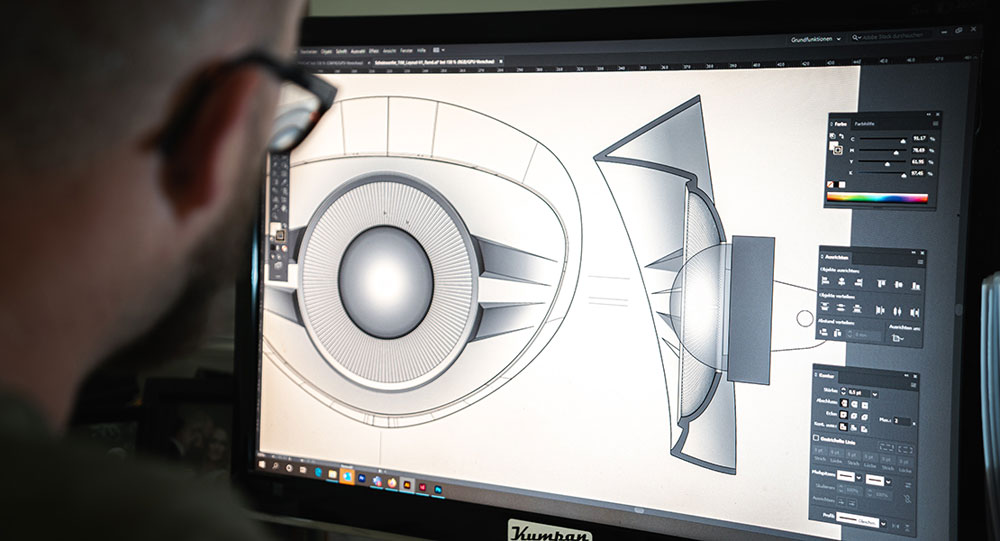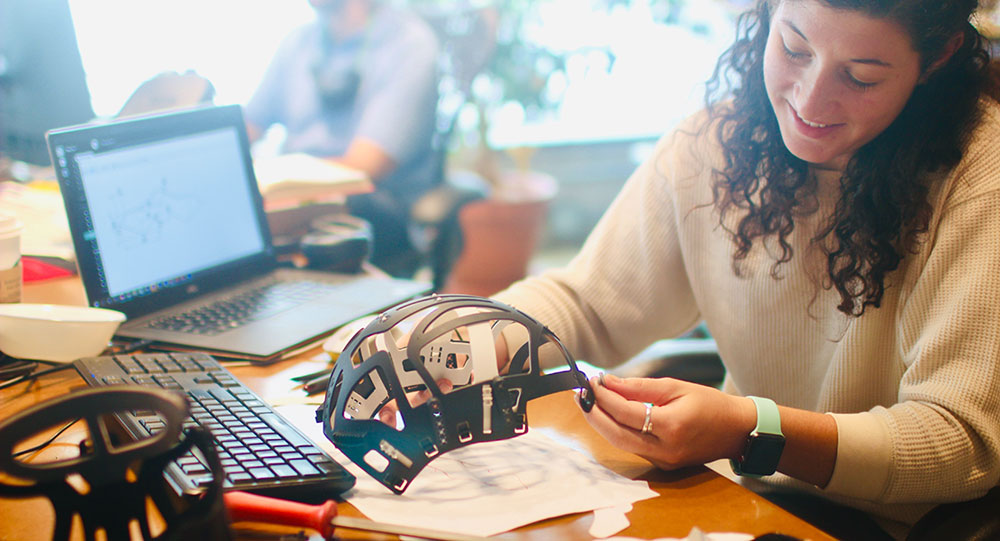3D printing, also known as additive manufacturing, has been categorised into seven process groups.
Binder Jetting
Binder jetting deposits a thin layer of powdered material such as metal, polymer sand or ceramic, onto the build platform. Drops of adhesive are then deposited by a print head to bind the particles together and build the part layer by layer.
Direct Energy Deposition
Direct energy deposition uses focussed thermal energy such as an electric arc, laser or electron beams to fuse wire or powder feedstock. The process is transited horizontally to create stacked layers. This process can be used with a number of materials, including metals, ceramics and polymers.
Material Extrusion
This method uses a spool of filament which is fed to an extrusion head. The extrusion head then heats, softens and lays down the heated material where it cools to create a layer of material.
Material Jetting
Material jetting works in a similar manner to inkjet printing rather than laying down ink on a page. This procedure deposits layers of liquid from one or more print heads. The layers are then cured before the process begins again.
Powder Bed Fusion
Thermal energy selectively fuses areas of a powder bed to form layers which are built upon each other to create a part.
Sheet Lamination
Sheet lamination can be split into two different technologies, laminated object manufacturing (LOM) and ultrasonic additive manufacturing (UAM). LOM uses different layers of material to create items with the aesthetic in mind. UAM joins thin sheets of metal via ultrasonic welding. UAM is a low temperature, low energy process that can be used with aluminium, stainless steel and titanium.
VAT Photopolymerization
VAT photopolymerization can be identified into two techniques; stereolithography (SLA) and digital light processing (DLP). These processes both create components layer-by-layer through the use of light to selectively cure the liquid resin in a vat. SLA uses a single-point laser or UV source for the curing process.


